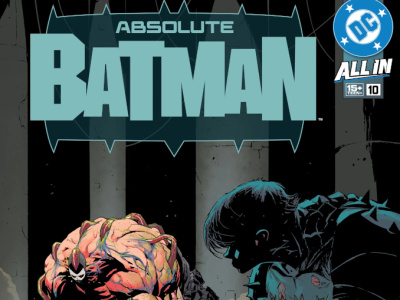Convention organizer Wizard World has swung to losses in the first half of 2015, after a profitable 2014. According to its quarterly report, the company lost $1.8 million in its second quarter, compared to a profit of $760,000 in the year ago period.
Wizard World is rapidly increasing the number of shows it’s putting on, and the investment is showing up in its bottom line. Among the factors cited for higher costs were higher advertising and marketing expenses to increase brand awareness in certain markets, higher programming costs, convention center build-out expenses, and staffing and employment costs related to the expansion.
And with new shows, the revenue per show dropped. The company had $7.6 million in revenue in Q2, up only 7% from $7.1 million in the same period in 2014, and the revenue per convention dropped to $1.1 million in Q2 2015 vs. $1.8 million per show in Q2 2014.
Wizard World also spent $467,000 on its CONtv joint venture with Cinedigm (see “A Successful Wizard World Show in the #85 Market in the U.S.”). Neither CONtv nor the launch of its subscription box (see “Wizard World Joins Subscription Box Throng”) added much revenue in the period; 98% of revenue was from the conventions.
It sounded like Wizard World’s first show in China was a little rocky, with the company noting that it “was not as successful as we anticipated due to extraordinary circumstances and venue changes,” and promising to take “greater control over the event logistics and day-of execution” for future events.
Results were similar in Q1, with a $980,000 loss in Q1 2015 compared to a profit of $692,000 in Q1 2014. The story was much the same as in Q2: more shows, lower revenue per show, higher expenses, and $430,000 spent on CONtv.
That’s a $2.78 million loss in the first half of 2015, vs. a $1.45 million profit in the first half of 2014, a $4.23 million swing. Wizard World made $996,000 in profit for its full year 2014. It had $4.6 million in cash at the end of Q2.
It sounds like the losses are producing changes at Wizard World, which promised new initiatives to improve profitability, including “operational efficiencies that reduce headcount and lower fixed costs,” and “procuring more suitable convention space” for its events.








